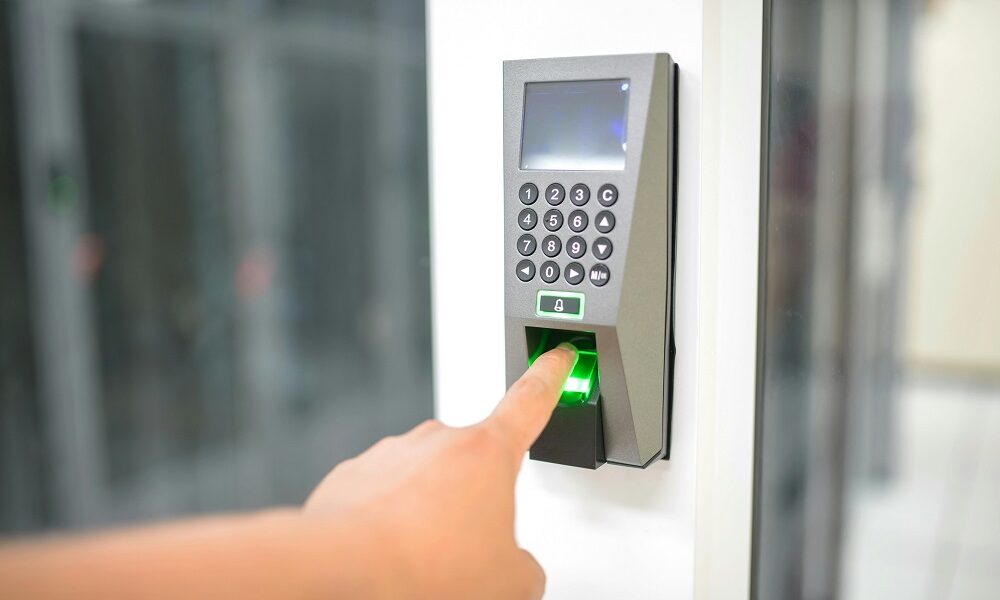Time and attendance systems have become a staple of the modern workplace. From fingerprint scanners and biometric check-ins to cloud-based apps that track clock-ins with GPS, these systems promise increased accuracy, transparency, and efficiency. But are they genuinely creating a fairer workplace, or are they inadvertently breeding an atmosphere of surveillance and mistrust?
Like most workplace technologies, the answer isn’t black and white.
The Case for Fairness: Level Playing Field
1. Accuracy and Accountability
Gone are the days of handwritten timesheets and buddy-punching.
Automated attendance systems reduce human error and manipulation. In doing so, they create an environment where employees are evaluated based on actual working hours rather than estimates or favouritism.
This is particularly helpful in industries where hours translate directly to pay—retail, hospitality, and manufacturing, to name a few. When hours are logged automatically and without bias, the potential for payroll discrepancies drops significantly. For hourly workers, especially, this can mean more accurate compensation and fewer disputes.
2. Transparency for All
One major advantage of digital and time attendance systems is that they offer clear, real-time data accessible to both employees and managers. Workers can easily see their logged hours, overtime, or holiday accruals. This reduces ambiguity and builds a record of accountability that can protect employees from mismanagement or favouritism.
For example, if an employee is consistently asked to stay late, a time and attendance system ensures that extra time doesn’t go unnoticed. In environments where overtime pay or time-off-in-lieu is required, this transparency is crucial for fairness.
3. Policy Enforcement
Time and attendance systems help enforce consistent policies. When expectations are clearly defined—start and end times, break durations, remote work hours—it’s easier for everyone to stay on the same page. This consistency helps eliminate double standards and “exceptions” that can erode morale.
By making rules more visible and enforceable, companies can avoid accusations of selective enforcement or arbitrary discipline, which is often a root cause of employee dissatisfaction.
The Counterpoint: Surveillance Culture and Erosion of Trust
Despite the advantages, there’s a darker side to time and attendance systems that can’t be ignored, particularly the feeling of being watched.
1. Micromanagement by Design
Some systems do more than just log hours—they monitor screen activity, location, and even idle time. While these features may be designed for transparency and productivity tracking, they can easily cross the line into micromanagement.
When employees feel they are constantly being monitored, it can send the message that they’re not trusted to manage their own time. In creative or knowledge-based roles where output matters more than hours spent, this can be especially demoralising.
2. Eroding Workplace Culture
A workplace thrives on trust. When employees believe their every move is being scrutinised, they may become disengaged or anxious. Trust is a two-way street, and time and attendance systems—especially overly strict ones—can unintentionally signal that management is more interested in policing than supporting staff.
This may be particularly harmful in companies that pride themselves on autonomy and flexible work. The same systems that ensure fairness can be seen as a step backwards in such cultures, undermining morale.
3. One Size Doesn’t Fit All
Implementing the same rigid time tracking system across different roles can backfire. For example, a graphic designer might work in bursts of productivity, taking breaks to recharge creatively. Tracking that time minute-by-minute could lead to inaccurate assessments of their contributions.
When time and attendance are used as a blunt instrument to judge performance across varied roles, it can feel unfair rather than fair.
Striking the Balance: Tech and Trust
The goal isn’t to discard time and attendance systems altogether—it’s to use them thoughtfully. When deployed with care and transparency, they can create a workplace that’s both efficient and empathetic.
1. Communicate the “Why”
Employees are more likely to accept time tracking when they understand its purpose. If the goal is to improve payroll accuracy, comply with labour laws, or reduce burnout from untracked overtime, make that clear. Framing it as a tool for employee wellbeing rather than control can shift perceptions.
2. Focus on Outcomes, Not Just Inputs
Rather than using attendance data punitively, companies should focus on results. Recognise that presence doesn’t equal productivity. Encourage a culture where data informs decisions without becoming the sole measure of performance.
3. Offer Flexibility Within Structure
Time and attendance systems can still accommodate flexible work arrangements. Many platforms allow custom schedules, remote check-ins, or project-based tracking. Providing employees with input on how their time is measured builds trust and can even increase engagement.
4. Use the Data for Good
The insights gained from time and attendance systems can be used to identify overworked teams, improve resource allocation, and support well-being. When employees see that the data helps improve workloads rather than punish individuals, it reframes the value of the system.
Real-World Examples
- Retail Chains: In large retail operations, automated clock-ins have helped reduce disputes over hours and ensured compliance with break policies, creating fairer working conditions.
- Remote Tech Teams: Some distributed software companies use light-touch attendance logging combined with performance metrics to maintain accountability without micromanagement.
- Creative Agencies: Agencies with flexible hours often implement self-reporting systems that log total hours worked without tracking precise check-in times, preserving trust while still meeting client billing requirements.
Conclusion: Fairness or Distrust? It Depends on How You Use It
Time and attendance systems aren’t inherently good or bad—they’re tools. Like any tool, their impact depends on how they’re used.
Used well, they promote fairness, protect workers, and improve transparency. Used poorly, they foster distrust, anxiety, and disengagement.
The challenge for employers is to strike the right balance between structure and autonomy, policy and culture. That means listening to employees, being transparent about the reasons behind time tracking, and avoiding the trap of using surveillance as a substitute for management.
If trust is the foundation of a great workplace, then technology must be built on that trust, not used to replace it.



